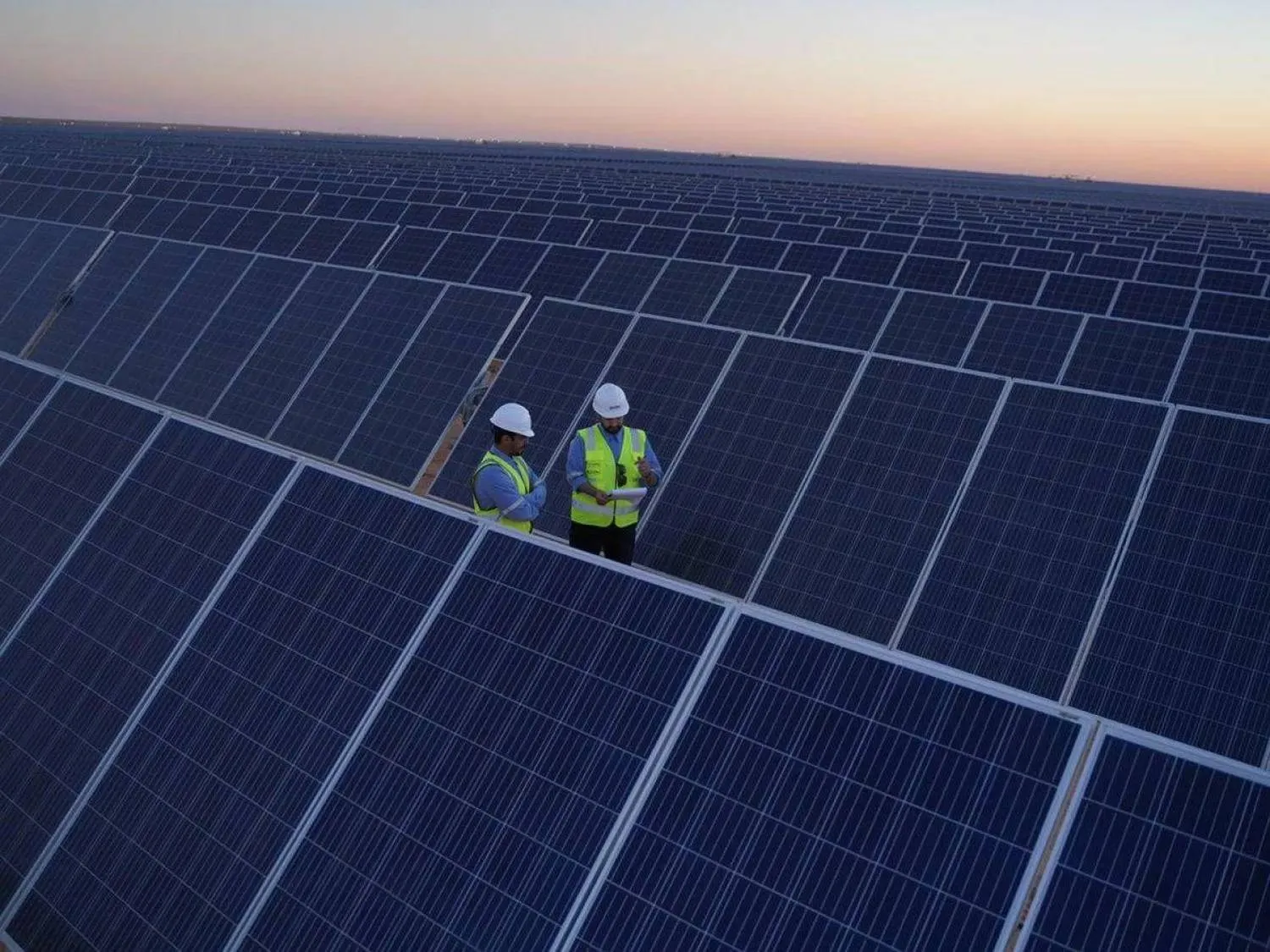Moody's confirmed that Samba Financial Group maintained its advanced credit rating with stable prospects in line with the stable outlook for the A1's sovereign rating, supported by the Group's high solvency, strong liquidity, high flexibility against asset risk and high profitability reduces the likelihood of a decline in the Group's credit rating.
Moodys based on Samba's creditworthiness report issued in September was based on a number of topics related to the financial and liquidity register, the equity and equity ratio of the capital base, and flexible asset qualities and profitability levels. By analyzing these indicators, Samba showed strength in its indicators, which gives an optimistic view of its ability to develop profitability.
The quality of SAMBA's assets showed a remarkable stability to a greater degree than its counterparts from other banks. Samba's strategy to reduce market risk was positive, with 72.6 percent of the Investment Records attributable to state and semi-party parties, while the ratio of non-lending to total loans was low, in a positive sign compared with local Saudi banks. With regard to the capitalization axis and profitability, Moody's strong capital reserves confirmed the high capacity to withstand credit losses that can be generated by core and negative expectations.
Samba also maintained a strong share of tangible assets of 18.4 per cent of tangible assets, reflecting a positive achievement that exceeds the gender equality of international and local gender equality. According to the analytical mechanism adopted by Moody's, the capital adequacy ratio for Tier 1 Tier 1 was 22.7 percent according to Basel III and 23.3 percent capital adequacy ratio, which strengthens the positive outlook for the bank's market capitalization over the period 12 to 18 months ahead.
With regard to the bank's strong financing and liquidity ratio, supported by strong domestic deposits, it is noted that the acquisition of the market refinancing item for tangible bank balances was 5.6% and much lower than the average of 18.1%.
Reporting the bank's ability to maintain its deposit stability despite limited confidence for market funding. During the past 18 months, Samba has had the opportunity to maintain its deposit stability and low demand levels. The bank's liquidity ratio remains strong, enabling short-term deposit fluctuations with positive expectations of earnings. With a strong liquidity position based on the bank's reputation, its leading brand and private bank.
Based on these positive indicators, Moody's revealed that it expects Samba to maintain strong earnings levels that support its credit points, and that, thanks to credit growth and lower operating costs, Samba can overcome any supply pressures.
Samba has recorded the highest profit in the bank's history since its start in the second half of 2018.
Moody has stated in its report that Samba's efficiency and high credit rating was due to the Bank's increasing dependence on banking technology, strong banking culture, commitment to overall quality standards for business management, strong business business and its active operations in project finance, cash management, financial products and corporate finance.









